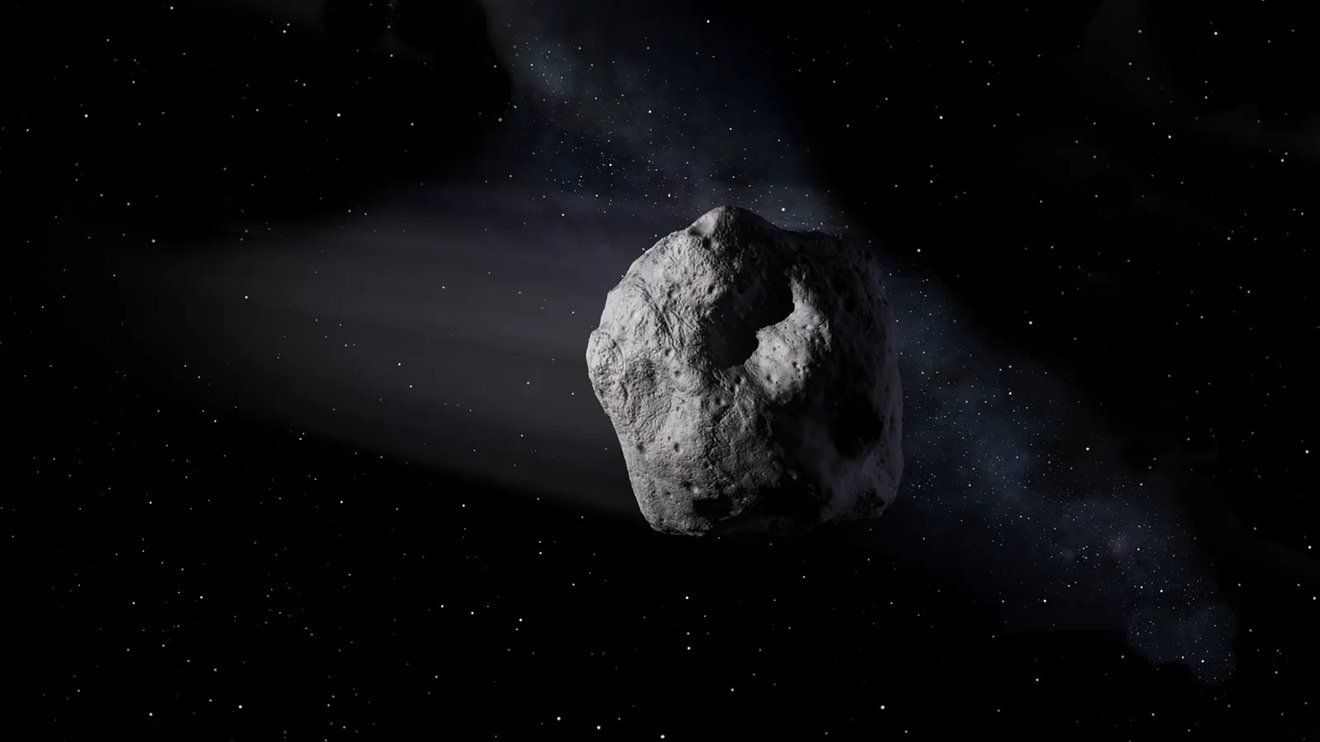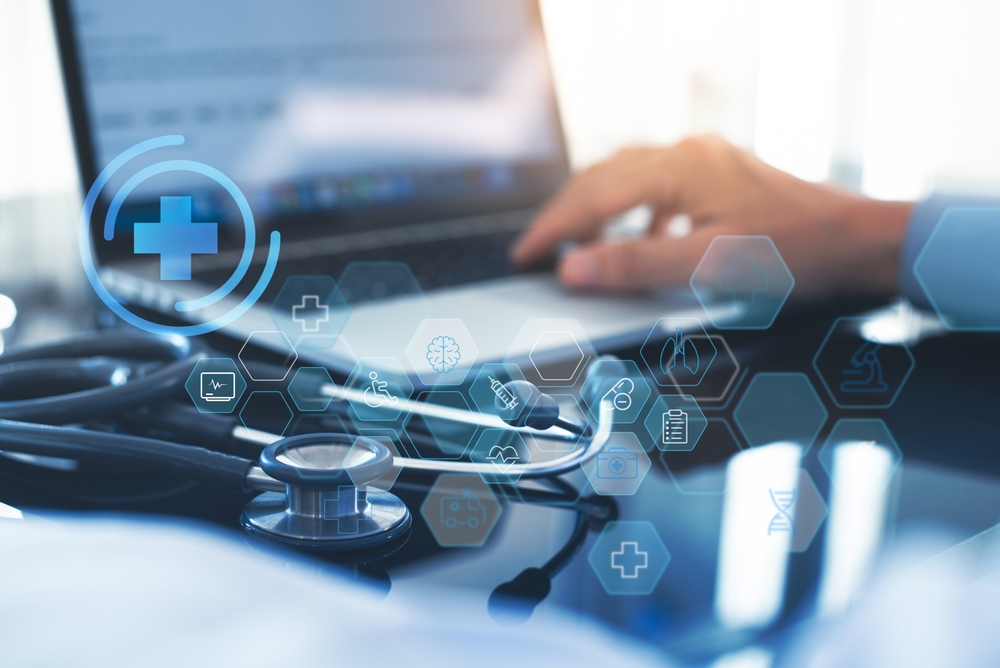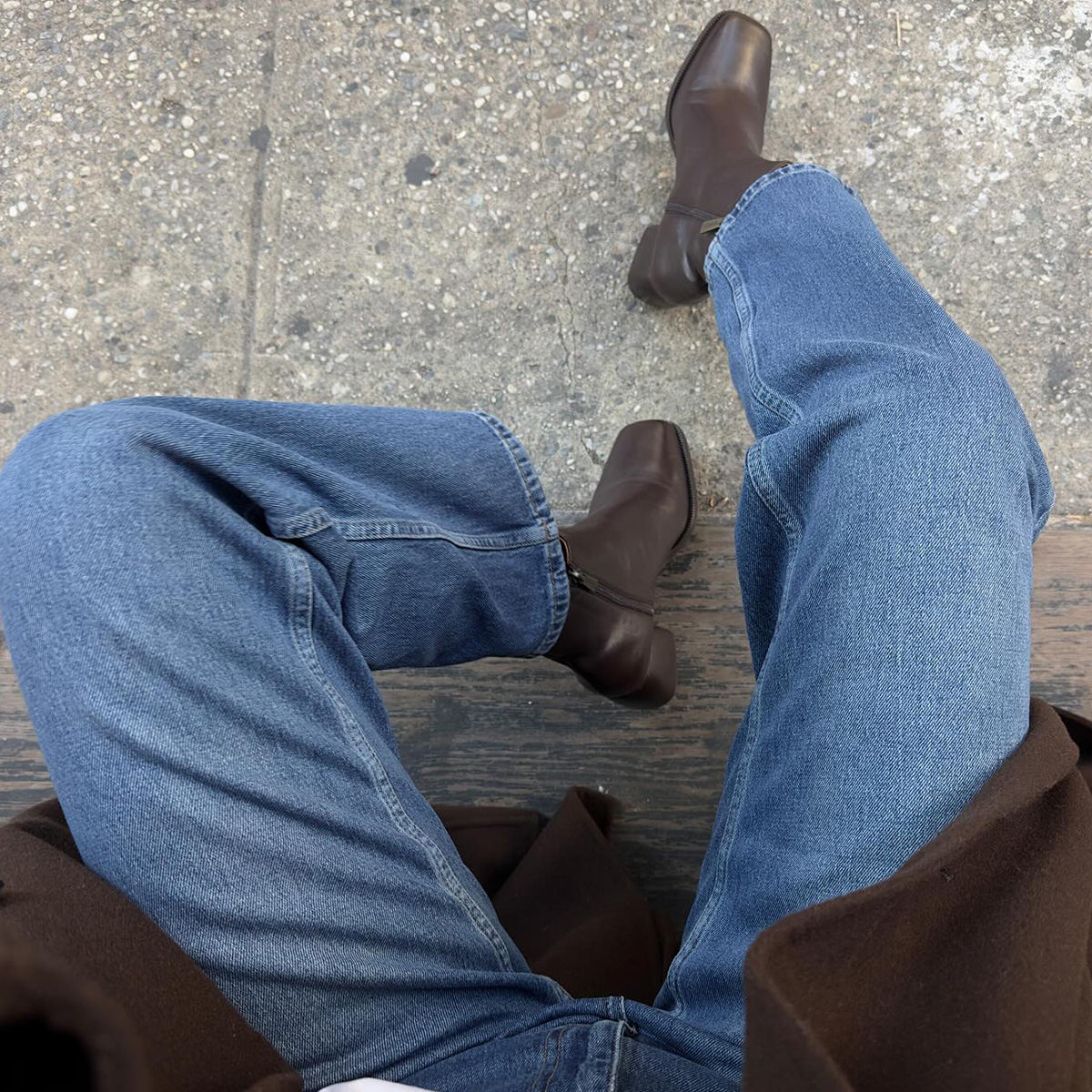In a global crisis, working harder isn’t the best solution
Archeologists put four resilience strategies to the test. The post In a global crisis, working harder isn’t the best solution appeared first on Popular Science.

Humans have stared down extinction from pandemics, war, famine, and more during our brief time on Earth. But how do we continue to remain resilient in the face of crises? A team of archeologists recently used computer simulations to measure the effectiveness and costs associated with four common resilience strategies to pinpoint which ones theoretically work best. The findings are described in a study published January 17 in the journal Science Advances.
What is resilience?
According to the American Psychological Association, resilience is the process and outcome of successfully adapting to difficult or challenging life experiences. It is primarily achieved through mental, emotional, and behavioral flexibility and adjustments. For example, when the food supply falls, humans are faced with a few questions. Do we store what we have and hunker down to try and keep it safe, or do we leave to find help and potentially more resources? Our resilience can be measured by what we decide to do and their results.
Resilience is often touted as the solution to many crises faced by societies and as an inherent characteristic. However, it is not really a behavioral trait or a universal strategy that reliably works across all different crises. It is not one-size-fits all and is generally tailored based on the situation from a societal perspective, according to anthropologists.
[ Related: What the longest-lasting Mesoamerican cities all had in common. ]
Four resilience strategies
In this new study, a team of scientists analyzed four main resilience strategies–investment in infrastructure, exchange, mobility, and economic adjustment.
Investment in infrastructure includes building things including storage facilities, transportation networks, flood protections, and other more long-term solutions.
Exchange is the sharing of resources through social networks and communities, like when sharing a cup of sugar with a neighbor or giving hand-me-down clothing to younger family members.
Mobility is moving to safer places and away from a perceived or real threat. Several coastal communities are using mobility today in the face of rising sea levels.
Economic adjustment means adjusting a behavior, such as, switching when which crops to grow or using an alternative resource.
The team used computer simulations to assess the costs that are associated with each of them. Each of these strategies were tested across different crisis scenarios, including sudden shocks and fluctuations between both favorable and unfavorable conditions. This way, something like climate change was also simulated along other extreme events like volcanic eruptions or drought.
The final survival rates were then compared to the costs associated with that strategy, giving the researchers an overview of which strategy worked best and under different conditions.
Finding what works
Mobility, investment in infrastructure, and the strong social ties that come with resource exchange were the most effective ways to protect against crises.
“We noticed early in our study that economic adjustment performed significantly worse than other strategies across a wide range of crisis conditions,” Colin Wren, a study co-author and University of Colorado archaeologist, said in a statement. “In short, if a crisis hits, it will not be enough to work harder to obtain the necessary resources if there are not enough resources available in the first place.”
There is some historical precedence for why investment in infrastructure also helps. A 2023 study found that along with collective governance and cooperation, solid public construction projects were major characteristics of 24 ancient cities in present-day Mexico that lasted the longest.
[ Related: Stress and anxiety wear down your brain. Here’s how to fight back. ]
Mobility proved to be a solid strategy with moderate costs. However, it only works if there are better places to flee to. Exchange generally works best as a mixture of mobility and investment.
According to the team, these conclusions are supported by archaeological and ethnographic evidence. Different civilizations in the past and present have engaged in all of these resilience strategies, with various outcomes.
“What this study also shows is that we can and should look into the past to better understand what resilience strategies worked for our ancestors, so that we can choose the best ones for the kind of crisis we expect to see more of in the future,” Iza Romanowska, a study co-author and archaeologist at Aarhus University in Denmark, said in a statement.
However, there is one major caveat for applying these theoretical concepts to actual life.
“Our results are thought-provoking, even though they come from a fairly simplistic computer simulation,” said Romanowska. “Therefore probably can’t be applied directly to today’s world in a one-to-one way.”
The post In a global crisis, working harder isn’t the best solution appeared first on Popular Science.
What's Your Reaction?















































































